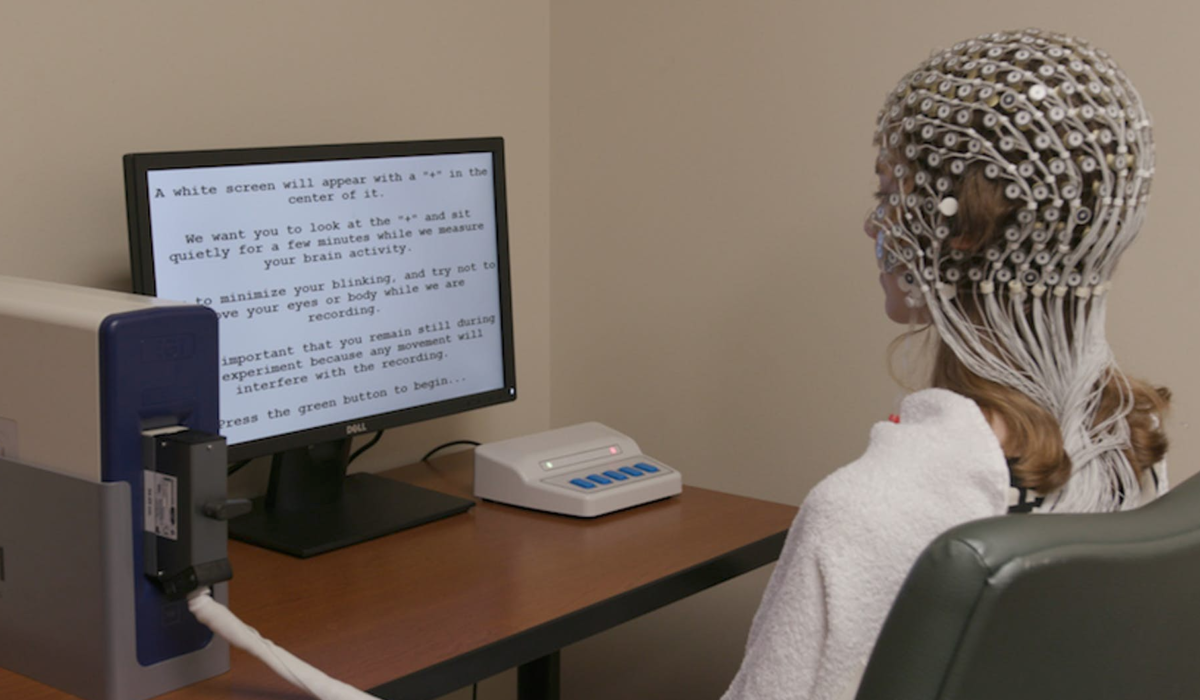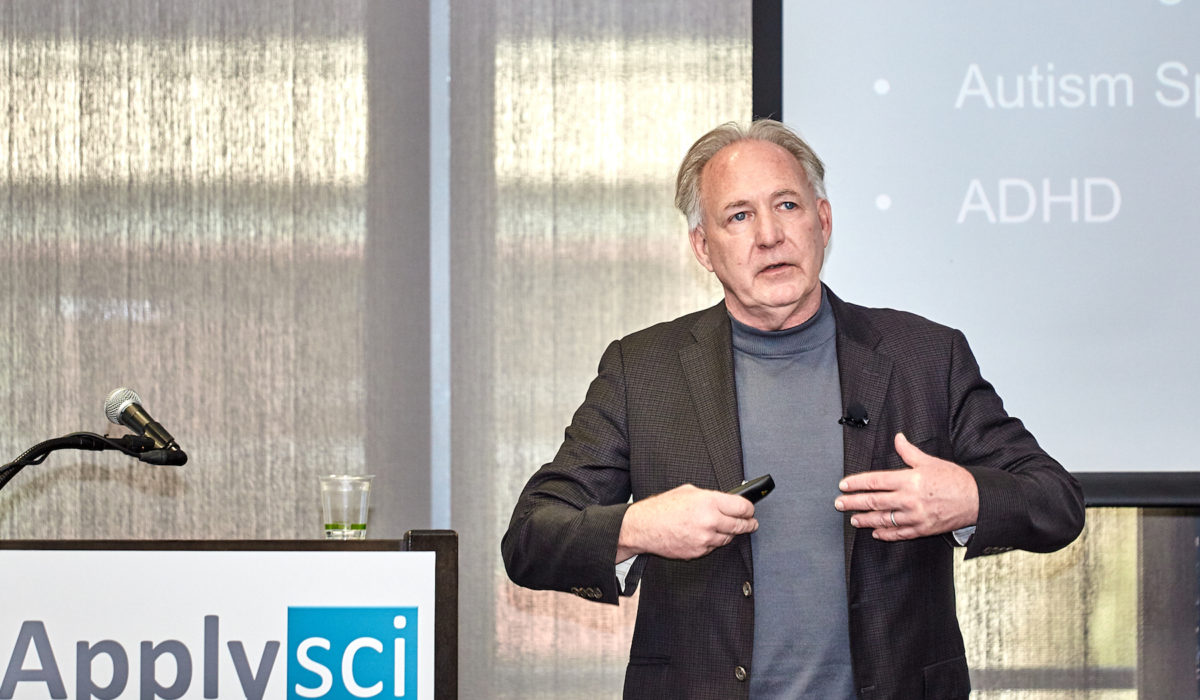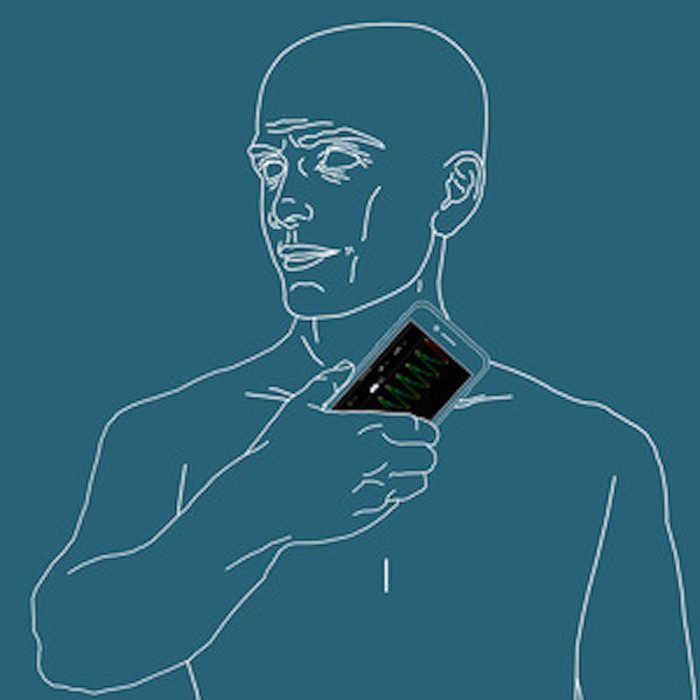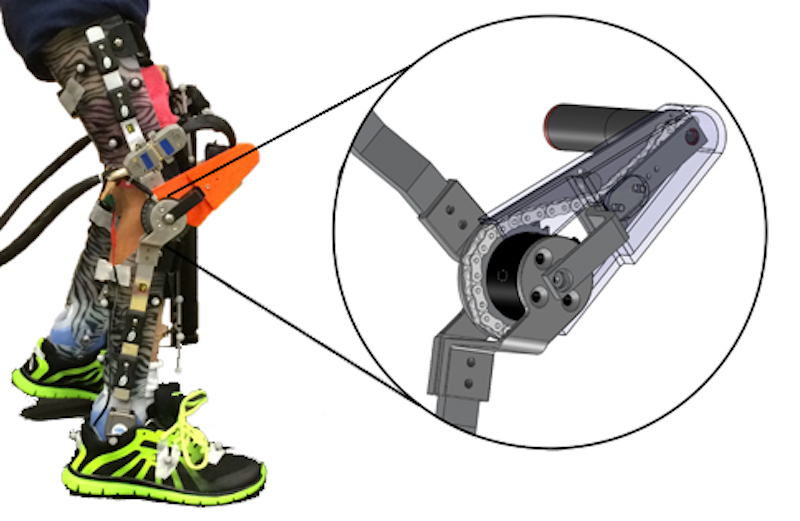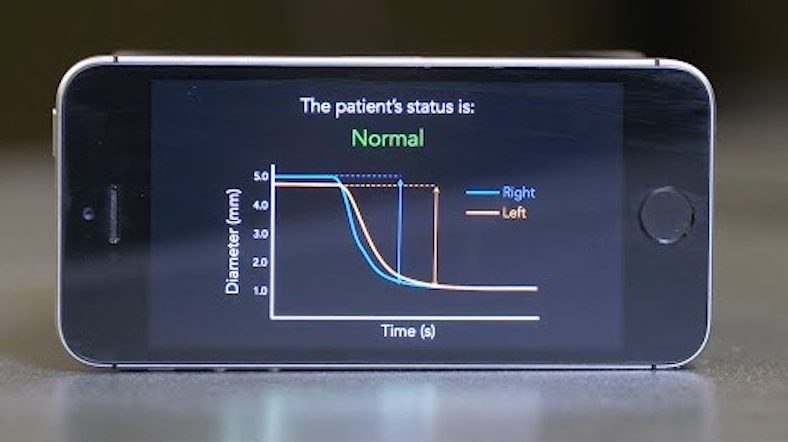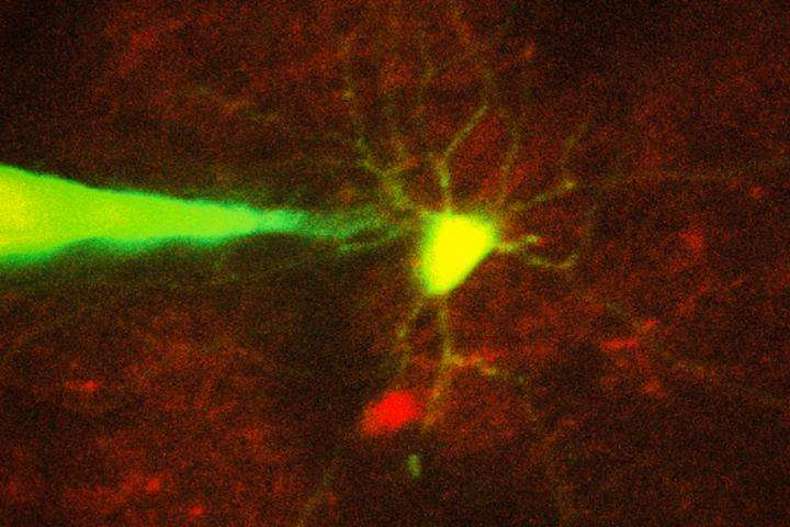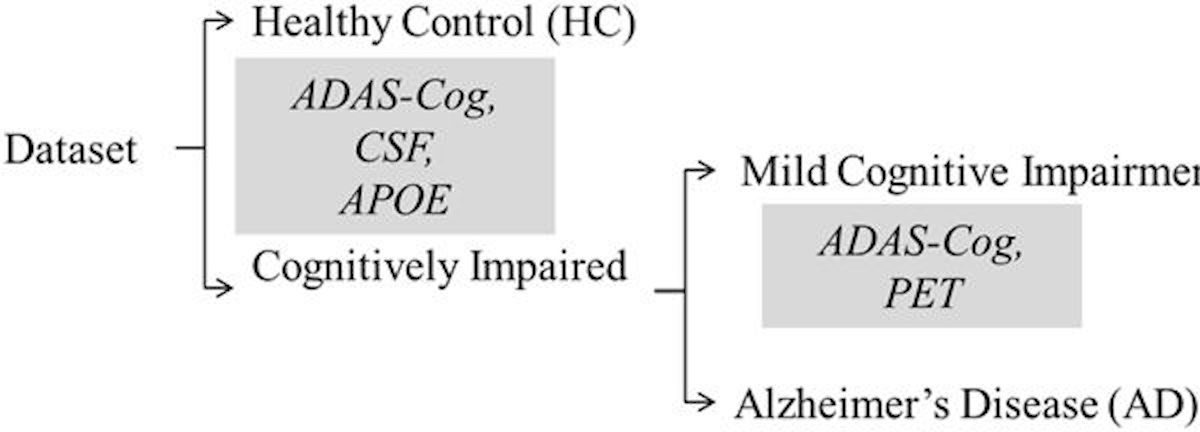Purdue’s Craig Goergenhas developed a sensor-based supine pressor test to detect preeclampsia. The technology measures and notes the difference between a pregnant woman’s diastolic blood pressure while in two different positions, using a BP...
curated by ApplySci
Author's Posts
EEG determines SSRI effectiveness in depression
UT Southwestern researchers are using EEG to determine whether an SSRI would effectively treat a person’s depression. Part of the EMBARCproject, the studytracked 300 depressed patients who were given an 8 week course of an...
Walter Greenleaf on medical applications of VR and AR | ApplySci @ Stanford
Walter Greenleaf discussed medical applications of VR and AR technology at ApplySci’s Wearable Tech + Digital Health + Neurotech Silcon Valleyconference at Stanford University on February 26-27, 2018:
App uses phone’s camera to monitor heart health
Mory Gharib and Caltech colleagues have developed an app which uses a phone camera to monitor heart health. When held to the neck, it infers the left ventricular ejection fraction of the heart by measuring...
Exoskeleton builds muscle capacity, improves posture in cerebral palsy
Thomas Bulea and NIH colleagues have developed a robotic exoskeleton for children with cerebral palsy. “Crouch gait,” where a person walks with a perpetual bend in their knees, is a hallmark of the disease....
Phone camera + machine learning detect concussion
Shwetak Patel and UW colleagues have developed PupilScreen, an app that uses a phone’s camera to detect concussion from the pupil. The phone’s video camera and flash check the eye for its pupillary light...
Robotic, in-vivo neuron recording
Ed Boyden and MIT colleagues have developed a robotic system capable of monitoring specific neurons. An algorithm based on multiple image processing methods analyzes microscope images and guides a robotic arm to within 25...
Google incorporates depression screening in search
Google has introduced a new depression screening feature. When the word “depression” is used in search, mobile users are offered a PHQ-9 questionnaire, which recognizes symptoms. A “Knowledge Panel” containing information and potential treatments appears...
Retina scan + curcumin for early Alzheimer’s detection
In a recent study, Maya Koronyo-Hamaoui and Keith Black at Cedars-Sinai used a retina scan to detect amyloid-beta deposits, a predictor of Alzheimer’s disease, up to 20 years before symptoms. 16 Alzheimer’s patients drank...
Machine learning for early Alzheimer’s diagnosis
Anant Madabhushi and Case Western colleagues have used machine learning to diagnose Alzheimer’s disease via imaging data in a small study. The goal is early intervention, which could potentially extend independence. 149 patients were...

